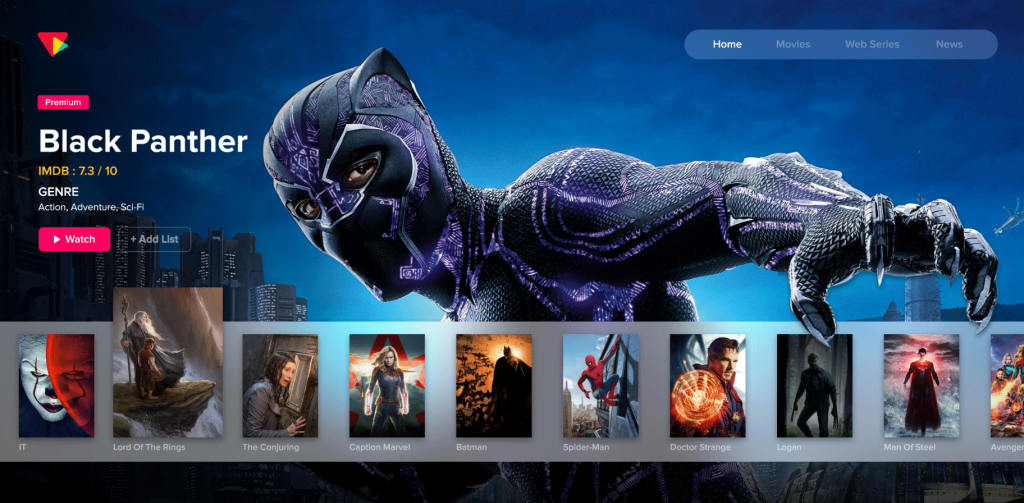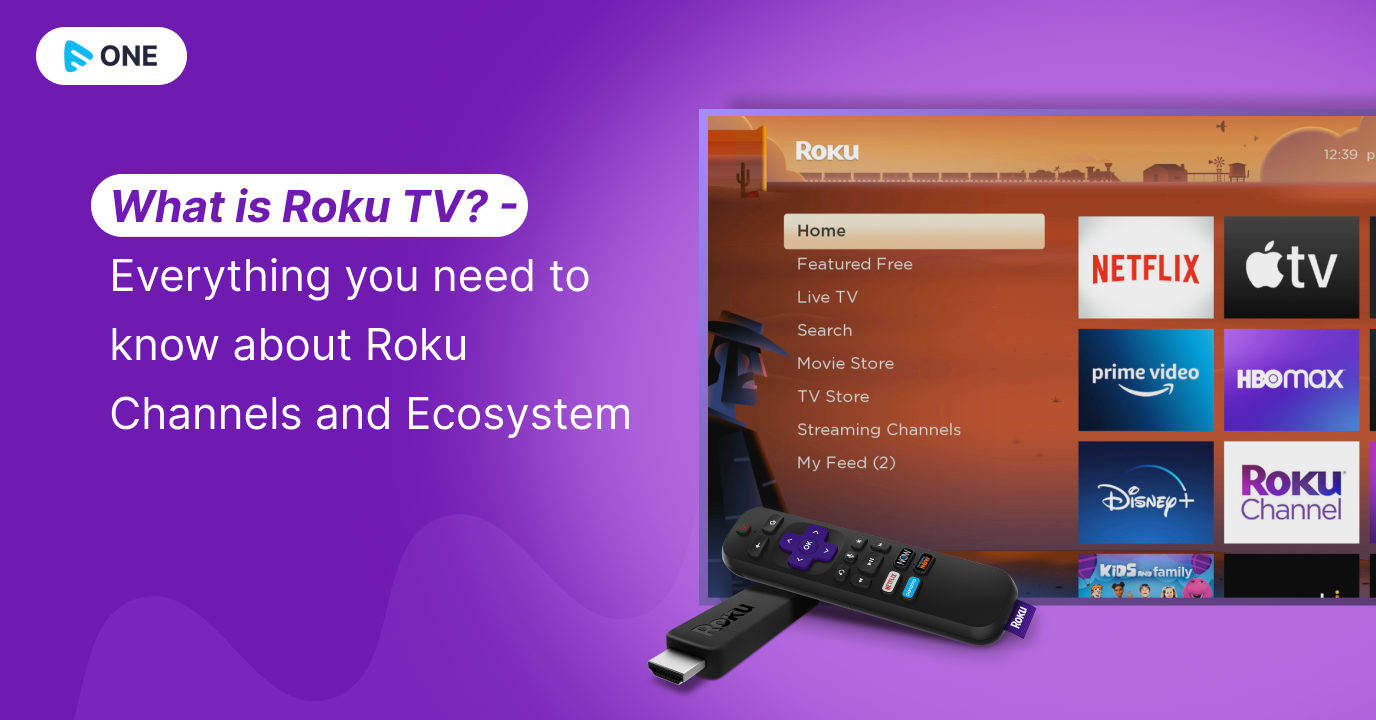5 Simple Techniques For Apollo Group Tv
Table of ContentsThe 5-Second Trick For Apollo Group TvAn Unbiased View of Apollo Group TvSome Known Details About Apollo Group Tv Fascination About Apollo Group Tv
In this situation, instead of having three-minute industrial places throughout a 30-minute tv program, television programming may alter to one where a customer will be needed to have a monthly registration, to ensure that they cen sight targeted banner advertisements. This kind of advertising and marketing already happens online, and the quantity of information tv firms gather enables them to do much the exact same.Define the major trends among the broadcasting and cable networks. Popular radio shows such as police dramatization Dragnet and western cowboy collection Gunsmoke were adapted for tv, and brand-new Television shows were funded by single marketers, just as radio programs had actually been.
Today, the tv sector is even more complicated. Programs are sponsored by multiple advertisers; programs is managed by significant media conglomerates; and the 3 significant networks no more control the airwaves yet instead share their audiences with various cord networks. A number of factors represent these patterns within the sector, consisting of technological growths, government regulations, and the creation of new networks.

The Only Guide for Apollo Group Tv
Also public television has actually come to be based on the impact of marketing. Established in 1969, (PBS) established out of a record by the Carnegie Compensation on Educational Tv, which checked out the duty of educational, noncommercial tv on society. The record advised that the federal government money public tv in order to supply diversity of shows during the network eraa solution produced "not to sell products" yet to "enhance citizenship and civil service (McCauley, 2003)." Public television was additionally planned to supply universal accessibility to television for visitors in country areas or visitors who can not afford to pay for personal tv solutions.
The period in between 1950 and 1970 is historically acknowledged as the. Besides a tiny portion of airtime managed by public television, the 3 major networks (called the Big Three) dominated the tv sector, jointly representing even more than 95 view it now percent of prime-time viewing. In 1986, Rupert Murdoch, the head of international company Information Corp, released the Fox network, testing the dominance of the Big Three.
Targeting young and minority audiences with shows such as Buffy the Vampire Killer, Moesha, Dawson's Creek, and The Wayans Bros., the new networks intended to draw stations far from their old network affiliations. Nonetheless, as opposed to duplicating the success of Fox, UPN and WB struggled to make an impact. Not able to draw in many affiliate stations, the two fledgling networks got to fewer households than their larger competitors since they were inaccessible in some smaller cities.
This choice paved the way for the development of cable television motion picture networks, contributing to the exponential growth of cable in the 1980s and 1990s. apollo tv group. Further deregulation of cable in the 1984 Cable Communications Plan Act got rid of constraints on wire prices, making it possible for operators to charge what they wanted for wire solutions as long as there worked competition to the solution (a criterion that over 90 percent of all cable television markets could fulfill)
More About Apollo Group Tv

Having developed the initial "superstation," Turner expanded his realm by starting 24-hour news network CNN in 1980. At the end of the year, 28 nationwide shows solutions were readily available, and the cable transformation had begun. Over the following years, the market undertook a duration of rapid growth and popularity, and by 1994 customers could pick from 94 basic and 20 premium cable solutions.
Figure 9 - https://apollogtv01.carrd.co/.16 Boosted competition from cable channels has created a consistent decrease in the networks' audience ratings. During the 1950s, the price of creating a solitary television show boosted as shows became much longer and manufacturing expenses soared. Sponsorship on network tv shifted from solitary sponsorship, in which a program was entirely supported and produced by one marketer, to several sponsorship, in which marketers purchased 1- or 2-minute spots on the show
Choose one of the Big Four networks and publish out its once a week programs timetable. View the network's prime-time programs over the training course of a week, keeping in mind the target market for each program.
6 Simple Techniques For Apollo Group Tv

Straight TV, typically described as conventional program TV, includes cable television and satellite tv. It's called "straight" due to the fact that web content complies with an established programs routine, unlike on-demand web content which the private audience determines to watch based on their own preferences and schedule. So, when you ask, "What is straight television?", think about it as the timeless way of watching TV that has actually been around for decades.